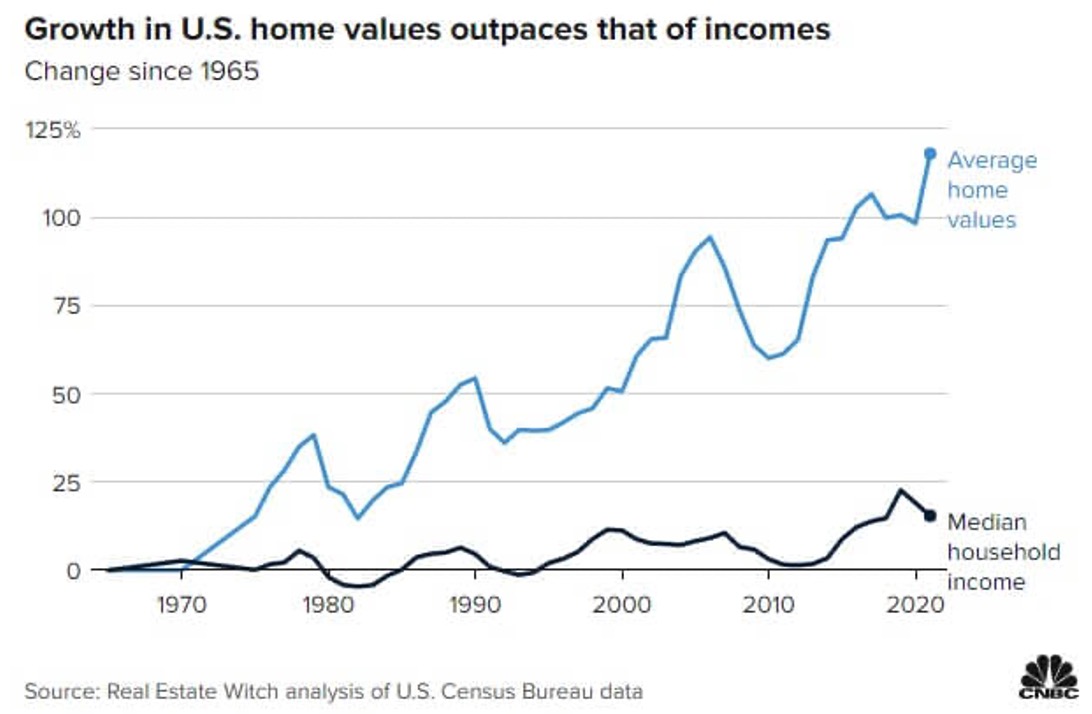Comments
PLANNING WATCH - In recent years Los Angeles, like the rest of the country, has experienced a building boom in new private sector apartments, so why is homelessness still increasing. After all, there are 15,000,000 vacant homes in the United States, and about 600,000 homeless people. Some people answer this riddle with the claim that the homeless prefer to live in cars or sleep outside. Others contend that the homeless are so burdened by mental illness and/or drug addiction that they are unable to rent vacant houses and apartments. While these explanations might apply to a small percentage of homeless people, the real answer is that most of the unhoused have been priced out of housing.
Furthermore, the housing crisis will get worse since the current “solutions” to homelessness, deregulation of land use, make the crisis worse. These “reforms,” mostly gutting zoning laws, increase the price of land, and therefore the price of housing on these appreciating parcels.
The hard data tell this powerful story.

This chart reveals that the price of housing in the US has dramatically increased over the past half century, while the incomes of most households have hardly changed. In this 50 year period the gap between household incomes and housing costs steadily increased. Furthermore, the situation of renters is worse than that of homeowners. Harvard’s Joint Center for Housing Studies reports that over half of renters are cost-burdened because they pay more than 30 percent of their household income for rent and utilities. Furthermore, the same study notes that the number of low-priced apartments has declined by 2.1 million units over the past decade.
No one should, therefore, be surprised that the increasing gap between household incomes and the price of housing has resulted in increased homelessness.
This is the short answer. A much longer answer can be found in Mark Verville’s new, detailed PowerPoint presentation. He explains why the housing crisis in California – like the rest of the United States -- is so bad. California’s state Housing and Community Development Department uses the Regional Housing Needs Assessment (RHNA) model to force cities to deregulate their zoning laws. Mr. Verville offers the following critique of this policy.
- Since YIMBYs entered the legislative scene, circa 2017, California has passed many new housing laws, yet housing prices continued to rise
- Like the rest of the United States, the surge in California’s home prices from 2000-2019 far outstripped the growth in wage-based employment purchasing power.
- The State has consolidated land use authority without linking it to its public relations rationale, increasing the amount of affordable housing.
- Most of the new housing resulting from paring back local zoning laws is market rate. This is because affordable housing mandates are unfunded, and therefore developer economics and density bonus laws mostly create highly profitable housing.
- The State’s housing policies are internally contradictory. If housing prices decline, construction stops.
The response of the real estate crowd are more proposals for the deregulation of land use, incorrectly assuming that rising real estate profits will increase housing construction. This is then supposed to reduce prices and solve the housing crisis. While rescinding zoning and building requirements can increase profits, it also increases land values. Combined with long-term stagnant wages and the end of Federal public housing programs, this is a perfect storm for creating homelessness.
Will more deregulation of zoning law finally reduce homelessness? For example, draft Congressional legislation, HR 3507, the “Yes in My backyard Act,” would make California’s unsuccessful housing policies a national standard. Declining Federal Community Development Block Grants would become contingent on cities implementing such zoning code amendments as:
- “Allowing duplexes, triplexes, and fourplexes in areas primarily zoned for single-family residential homes.
- Reducing minimum lot size.
- Eliminating or relaxing residential property height limitation.”
If this legislation is adopted, the housing crisis will get worse, and elected officials will continue to ignore increases in vacancy rates and homelessness. Unfortunately these outcomes rarely bother the beneficiaries: real estate developers, landlords, and contractors. After all, their profits increase.
The unanswered question is how this appalling supply-side approach to homelessness will end? Will it collapse on its own or will elected officials finally realize that the deregulation of local zoning laws is a major cause of the housing crisis?
(Dick Platkin is a retired Los Angeles city planner who reports on local planning issues for CityWatchLA. He is a board member of United Neighborhoods for Los Angeles (UN4LA). Previous columns are available at the CityWatchLA archives. Please send questions to rhplatkin@gmail.com.)
















